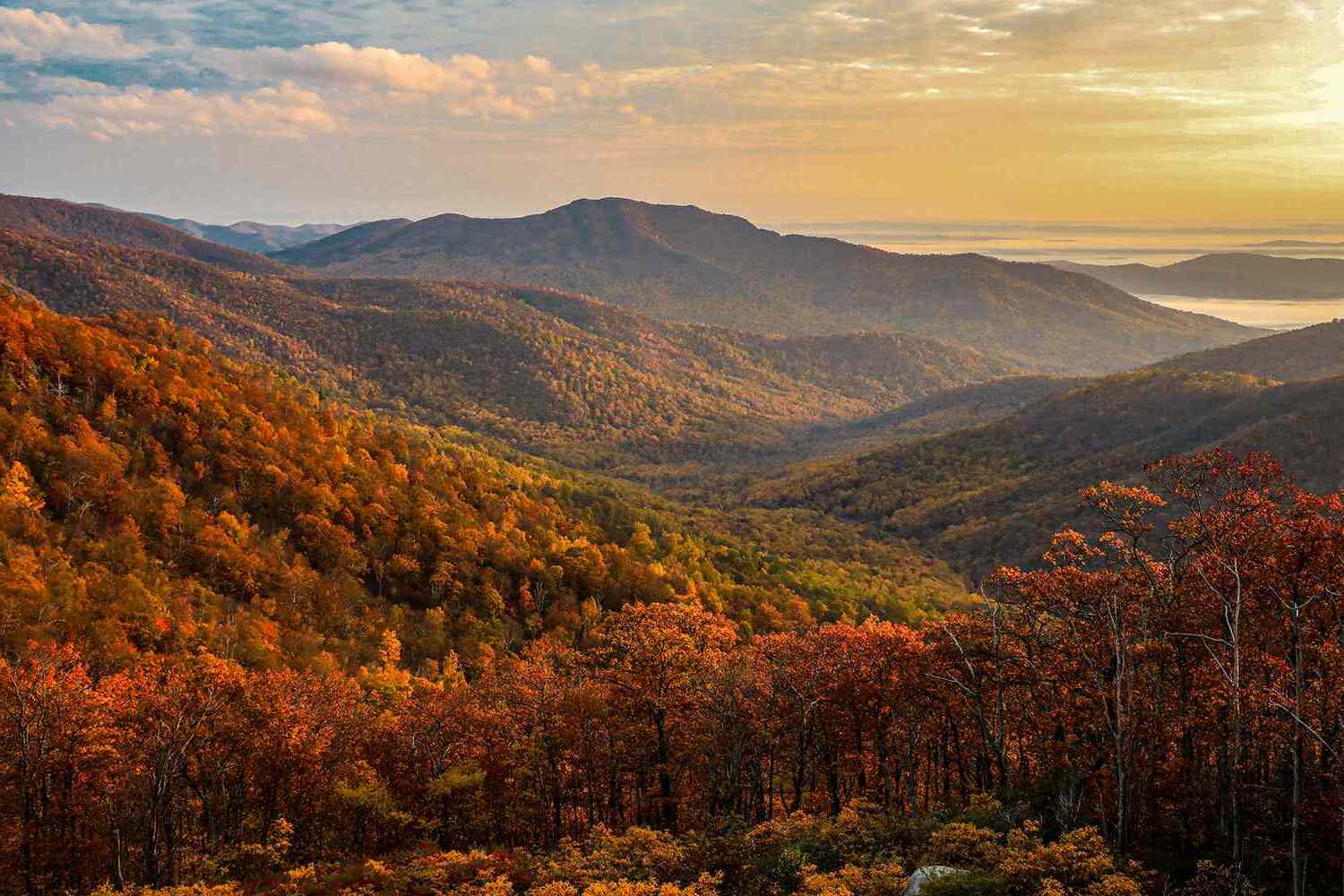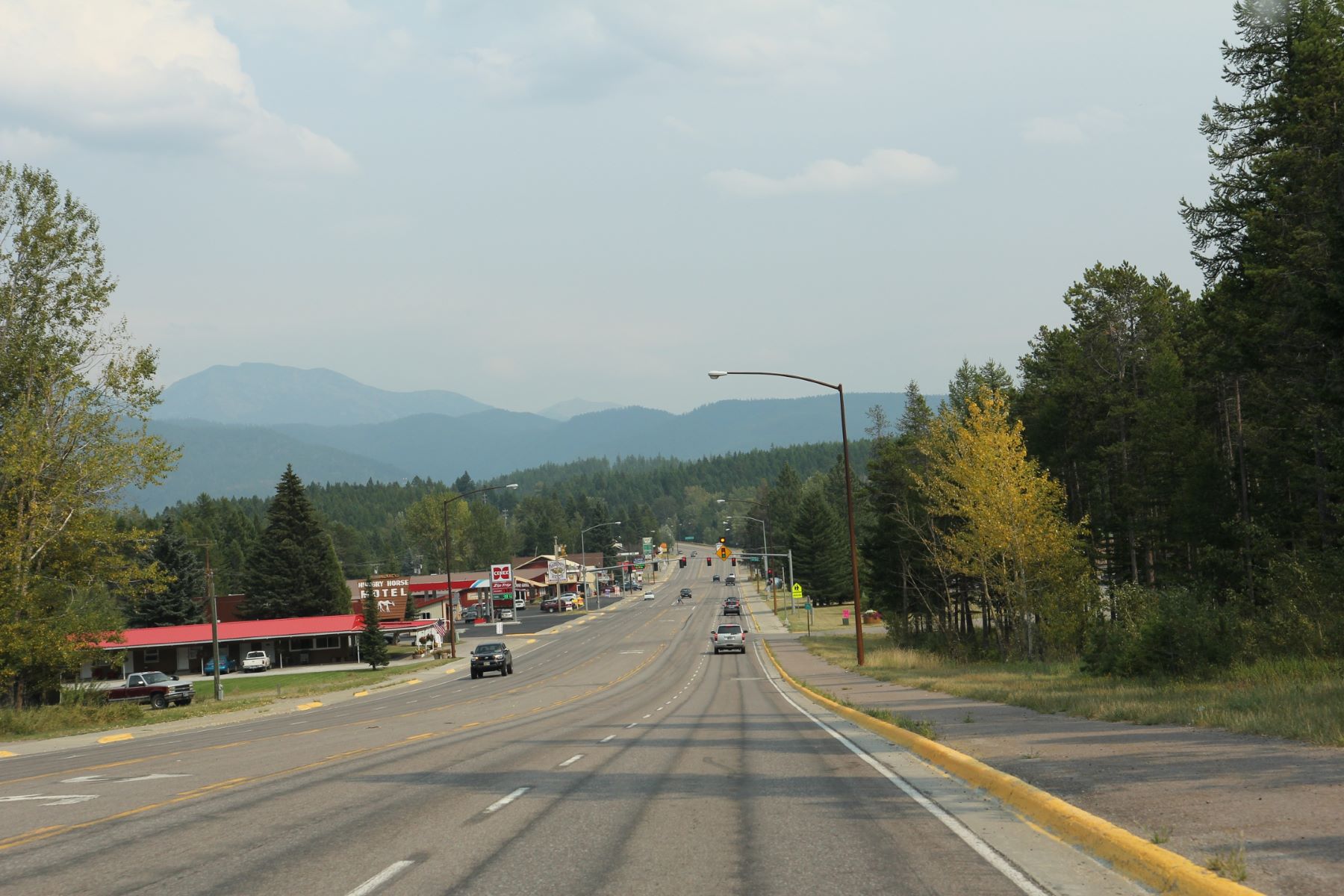
Appalachia is a region rich in culture, history, and natural beauty. Stretching from southern New York to northern Mississippi, this area is known for its rolling hills, dense forests, and vibrant communities. But what makes Appalachia truly unique? Appalachia's heritage is deeply rooted in traditions passed down through generations, from folk music to storytelling. The region also boasts a diverse ecosystem, home to countless plant and animal species. Whether you're interested in its coal mining history, unique dialects, or stunning landscapes, there's always something new to learn about this fascinating part of the United States. Ready to uncover some intriguing facts about Appalachia? Let's dive in!
Key Takeaways:
- The Appalachian Mountains, spanning 1,500 miles, are rich in history, culture, and natural beauty, with diverse flora and fauna, unique traditions, and environmental challenges.
- From the oldest mountain range to Bluegrass music and moonshine, the Appalachians offer a blend of history, culture, and natural wonders, but also face environmental threats like mining and climate change.
The Appalachian Mountains
The Appalachian Mountains stretch across the eastern United States, offering a rich tapestry of history, culture, and natural beauty. Here are some fascinating facts about this iconic mountain range.
-
The Appalachian Mountains are one of the oldest mountain ranges in the world, estimated to be around 480 million years old.
-
They extend from Newfoundland in Canada to central Alabama in the United States, covering approximately 1,500 miles.
-
The highest peak in the Appalachian Mountains is Mount Mitchell in North Carolina, standing at 6,684 feet.
-
The Appalachian Trail, a famous hiking path, spans about 2,200 miles from Georgia to Maine.
-
The name "Appalachian" comes from the Apalachee Native American tribe.
Flora and Fauna
The Appalachian region is home to a diverse range of plants and animals, making it a haven for nature enthusiasts.
-
The region boasts over 2,000 species of plants, including the famous rhododendrons and mountain laurels.
-
Black bears are common in the Appalachian Mountains, particularly in the Great Smoky Mountains National Park.
-
The area is a hotspot for birdwatchers, with over 200 bird species, including the peregrine falcon and the red-tailed hawk.
-
The Appalachian Mountains are home to the rare and endangered hellbender salamander.
-
The forests are predominantly deciduous, with oak, hickory, and maple trees being the most common.
Cultural Significance
The Appalachian region has a rich cultural heritage, influenced by Native American, European, and African traditions.
-
Bluegrass music, a genre deeply rooted in Appalachian culture, originated in this region.
-
The Appalachian dialect, also known as "mountain talk," has unique linguistic features distinct from standard American English.
-
The region is famous for its traditional crafts, including quilting, basket weaving, and pottery.
-
Moonshine, an illegal homemade whiskey, has a long history in the Appalachian Mountains.
-
The Appalachian region has inspired numerous literary works, including the classic novel "Cold Mountain" by Charles Frazier.
Historical Events
The Appalachian Mountains have been the backdrop for many significant historical events.
-
The region played a crucial role during the American Civil War, with several key battles fought in the Appalachian Mountains.
-
The Trail of Tears, the forced relocation of Native American tribes, passed through parts of the Appalachian region.
-
The Appalachian coalfields were central to the Industrial Revolution, providing much of the coal that powered America's factories.
-
The Great Smoky Mountains National Park, established in 1934, is one of the most visited national parks in the United States.
-
The Appalachian Mountains were a significant barrier to early European settlers, shaping the development of the United States.
Natural Wonders
The Appalachian Mountains are home to numerous natural wonders that attract tourists from around the world.
-
The Blue Ridge Parkway, a scenic highway, offers breathtaking views of the Appalachian Mountains.
-
The New River, one of the oldest rivers in the world, flows through the Appalachian region.
-
The Linville Gorge, often called the "Grand Canyon of the East," is a popular destination for hikers and climbers.
-
The Great Smoky Mountains are known for their misty, smoky appearance, caused by the natural release of volatile organic compounds from the vegetation.
-
The Appalachian Mountains are rich in minerals, including coal, iron, and limestone.
Unique Traditions
The Appalachian region is known for its unique traditions and customs that have been passed down through generations.
-
The practice of "sangin'," or hunting for wild ginseng, is a popular tradition in the Appalachian Mountains.
-
The region is famous for its storytelling, with tales of ghosts, witches, and folklore passed down orally.
-
Appalachian cuisine includes dishes like cornbread, fried chicken, and apple butter, reflecting the region's agricultural heritage.
-
The tradition of shape-note singing, a form of musical notation, is still practiced in some Appalachian communities.
-
The Appalachian Mountains are home to numerous festivals, including the Mountain Dance and Folk Festival in Asheville, North Carolina.
Environmental Challenges
The Appalachian region faces several environmental challenges that impact its ecosystems and communities.
-
Mountaintop removal mining, a form of coal mining, has caused significant environmental damage in the Appalachian Mountains.
-
The region is prone to landslides and flooding, particularly in areas with steep terrain.
-
Invasive species, such as the hemlock woolly adelgid, threaten the health of Appalachian forests.
-
Air pollution from industrial activities has led to acid rain, which affects the region's water quality and plant life.
-
Climate change poses a threat to the Appalachian region, with rising temperatures and changing precipitation patterns impacting its ecosystems.
The Heart of Appalachia
Appalachia's rich history, unique culture, and breathtaking landscapes make it a fascinating region. From its roots in coal mining to its vibrant music and folklore, there's always something new to learn about this area. The Appalachian Mountains, stretching from Alabama to Canada, have shaped the lives of those who call it home. The region's diverse wildlife and plant species add to its natural beauty. Despite challenges, the spirit of Appalachia remains strong, with communities holding tight to their traditions and values. Whether you're interested in its history, culture, or natural wonders, Appalachia offers a wealth of knowledge and experiences. So next time you think about exploring new places, consider diving into the heart of Appalachia. You'll find a world full of stories, resilience, and beauty waiting to be discovered.
Frequently Asked Questions
Was this page helpful?
Our commitment to delivering trustworthy and engaging content is at the heart of what we do. Each fact on our site is contributed by real users like you, bringing a wealth of diverse insights and information. To ensure the highest standards of accuracy and reliability, our dedicated editors meticulously review each submission. This process guarantees that the facts we share are not only fascinating but also credible. Trust in our commitment to quality and authenticity as you explore and learn with us.


